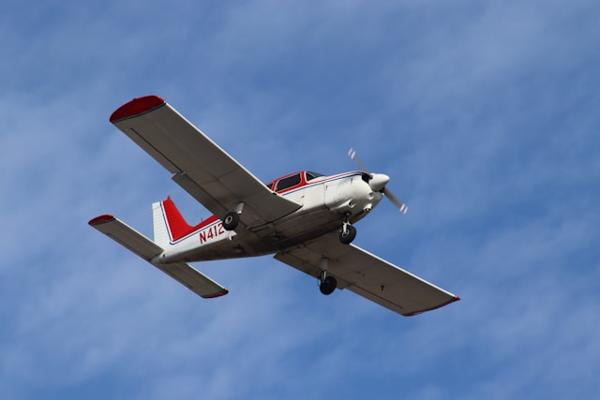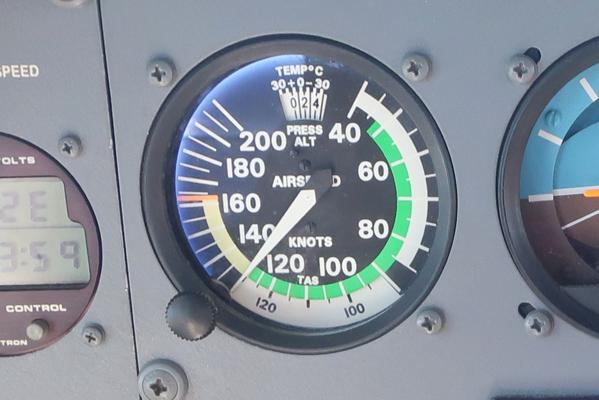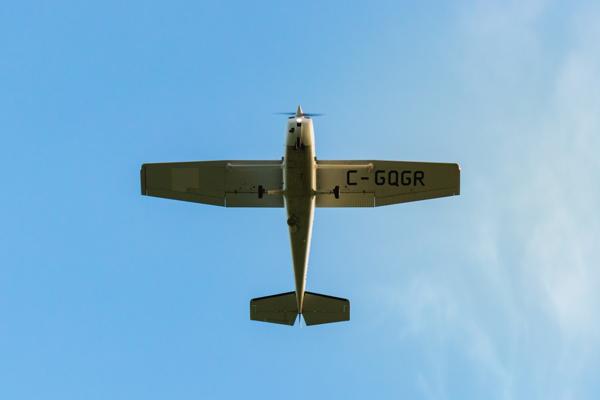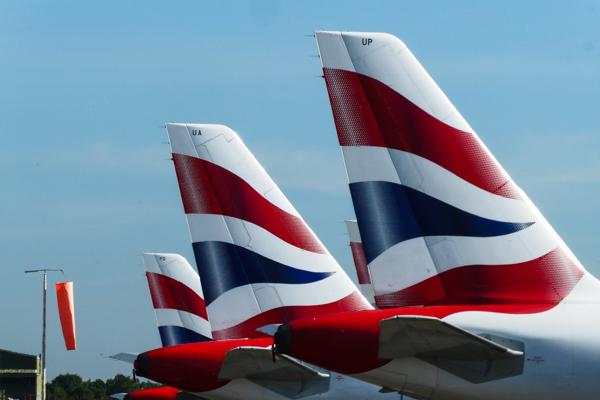Introduction
Taking to the skies in any heavier-than-air vehicle is an exercise in balance; in this case the balancing act relates to the four fundamental forces in flight—lift, weight, thrust, and drag. These four forces are not static but vary continually to govern the motion of an airplane through the air.
When flying, a pilot has direct control of two of the forces: lift by varying the angle of attack and airspeed, and thrust through the chosen power setting. Drag is more indirectly controlled through the application of high-lift devices such as flaps (primarily a lift-generation device) and by the angle of attack selected and the speed flown. The current atmospheric conditions also influence the lift, drag, and thrust output. Weight is controlled through the payload and fuel uplifted before the flight.
We’ll take a deeper look at these four forces and show how they interact with each other to determine the motion of the airplane through the air.
The Four Fundamental Forces of Flight
Every aircraft, whether cruising steadily through clear skies, on approach to land, or rotating off the runway, is subject to four fundamental forces: LIFT, WEIGHT, THRUST, DRAG.
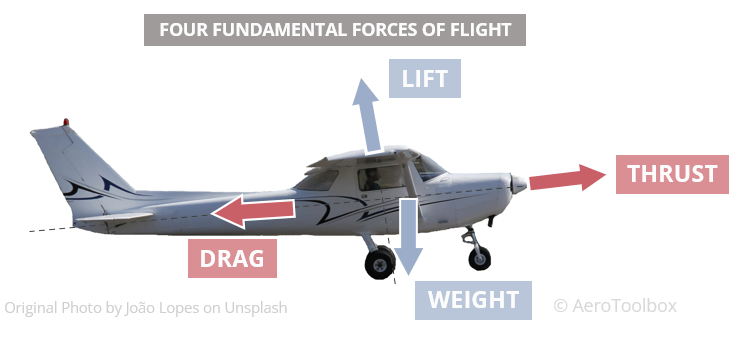
It’s important to remember that all these forces are vectors. This means that they are fully described by both a magnitude (how large/small) and a direction (in what direction is the force acting).
Lift
Lift is the force that holds an aircraft in the air, countering the effect of weight (gravitational force). It is primarily generated by the motion of the air flowing around the wing. The curvature of the wing produces a differential pressure between the upper and lower surface resulting in a lifting force being generated. You can refer to our article on how a wing generates lift for a deeper dive into the physics of lift generation.
The entire wing is responsible for the generation of the total lifting force, but the lift is not uniformly distributed. Rather it follows an elliptical-type distribution where the greatest proportion of the lifting force is generated near the root, diminishing towards the tip. It is convenient to lump the total lift produced by the wing at the center of pressure (also called the center of lift), which is the point on the wing where the resultant lift force is shown to act.
Lift is a force vector that acts perpendicular to the direction of flight at the center of lift.
Weight
Weight is the downward force that is developed due to the force of gravity acting on the aircraft and everything in it. The aircraft’s total mass comprises of the airframe structure, systems, engines, payload, and fuel. The weight is constant at a moment in time but reduces during a flight as fuel is burnt off.
Mass is distributed throughout the aircraft but can be lumped into a single point acting at the center of gravity which represents the airplane’s balance point. The relationship between the center of lift and the center of gravity is an important one as it determines whether the aircraft is stable of not in flight. This is why it is so important to ensure that your airplane is operated within the allowed CG envelope at all times.
Weight is a force vector that always acts downward and in opposition to lift in level flight.
Thrust
Thrust is the propulsive force produced by the aircraft's engine(s). It propels the aircraft forward through the air. The thrust generated by an aircraft’s engine(s) is used to overcome the aerodynamic drag associated with moving through the air.
When flying at a constant speed and altitude, the thrust produced by the engines will be equal to the total aircraft drag (to balance the forces). The total thrust produced is varied using a throttle control which allows an aircraft to accelerate or decelerate depending on the instantaneous difference between thrust and drag.
Thrust is a force vector which acts to propel the aircraft in the direction of flight.
Drag
Aerodynamic drag is the force which resists the motion of the aircraft through the air. Drag works in opposition to thrust and increases with the square of aircraft speed. This means that in order to double the flying speed you would produce four times the drag, all else being equal.
Drag is a force vector which opposes the direction of flight.
Application of Newtons Laws
Newtons’ laws are pivotal in describing both steady and accelerated flight. Newton’s second Law relates force to acceleration; that is, in the absence of any acceleration there can be no net force acting in any direction.
In simple terms, in order for any body to accelerate there has to be a net force acting in the direction of the acceleration. If there is no net force acting, then the body will either remain at rest, or continue to move at a constant velocity.
This has a direct application to the four fundamental forces acting on our airplane.
Straight and Level Flight
In straight and level flight the lift vector and weight work to oppose one-another (lift generated must balance the weight), and the thrust and drag balance each-other out.
In reality this is a slight simplification as the lift and weight vectors don’t act through the same line of action (neither do the thrust and drag vectors). The offset between the two vectors requires an additional vertical force to balance the moment generated by the offset lift vector. This force is generated at the horizontal tail and acts downward for a conventional stable airplane where the CG is ahead of the center of lift.
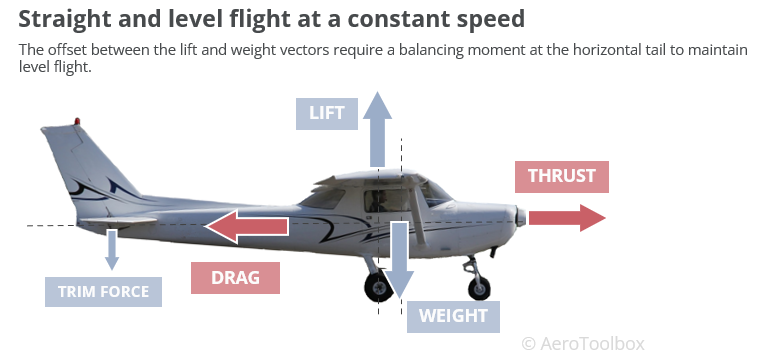
Rather than saying that any particular force must be balanced by another force, it is better to break the forces up into their respective components and state that the sum of all component forces must equal zero in steady or unaccelerated flight.
- The sum of all vertical components must equal zero.
- The sum of all horizontal components must equal zero.
Aircraft in a Climb
When an aircraft is climbing at a constant speed (no net acceleration) the resulting force components must still be zero. However, now there will be a component of the thrust vector acting upward (acting like lift) and a component of the weight vector acting rearward (acting like drag).
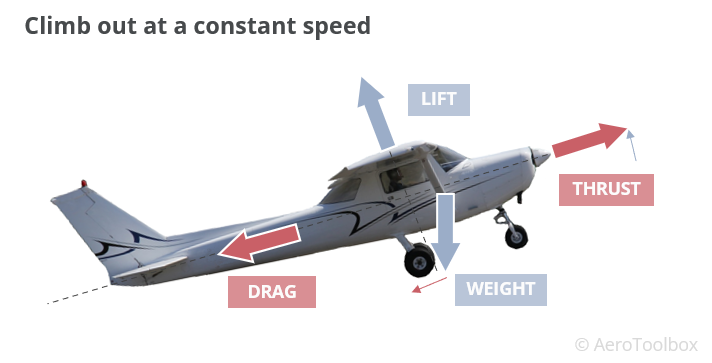
Look closely at the figure above and you’ll notice that the lift force now is less than the weight as the lift force only has to balance a component of the weight as a portion of the weight acts in the drag direction.
Aircraft Descending
During a descent a component of the weight vector is directed along the forward flight path, acting as thrust. This is why when descending you reduce engine power to maintain a constant airspeed if transitioning from level flight to a descent.
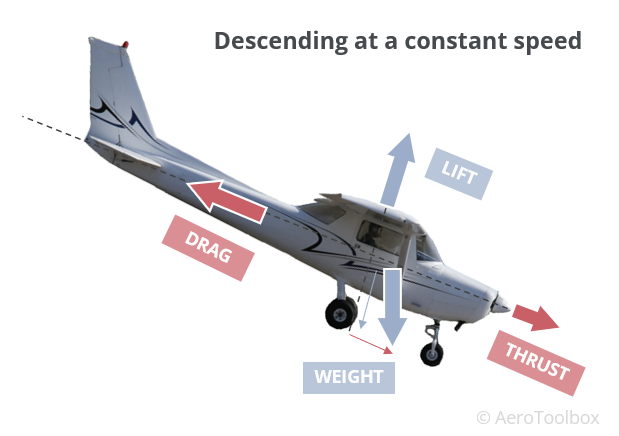
Accelerated Flight
Newton’s Second law states that an unbalanced force will result in an acceleration in the direction of that force. Flying straight and level and then adding power to increase thrust will cause the aircraft to accelerate forward in the thrust direction. As the thrust increases so will the lift and drag which are both a function of the square of the velocity. An increase in lift will result in the aircraft wanting to climb, which would need to be compensated for by reducing the angle of attack of the wing (pitching down). The increased drag will slow the acceleration and a new equilibrium point will be reached where the lift is equal to the weight (at a lower angle of attack), and the thrust will equal the drag (at a higher speed).
This is a good example of the dynamic interaction between the forces in flight.
Wrapping Up
Mastering the interplay of lift, weight, thrust, and drag is a fundamental skill that must be learnt early in your flying career. This is easier to do if you understand Newton’s Laws of motion and how they are applicable to an aircraft in flight. Next, we’ll look more closely at the angle of attack, and the relationship that this has with lift and drag.
